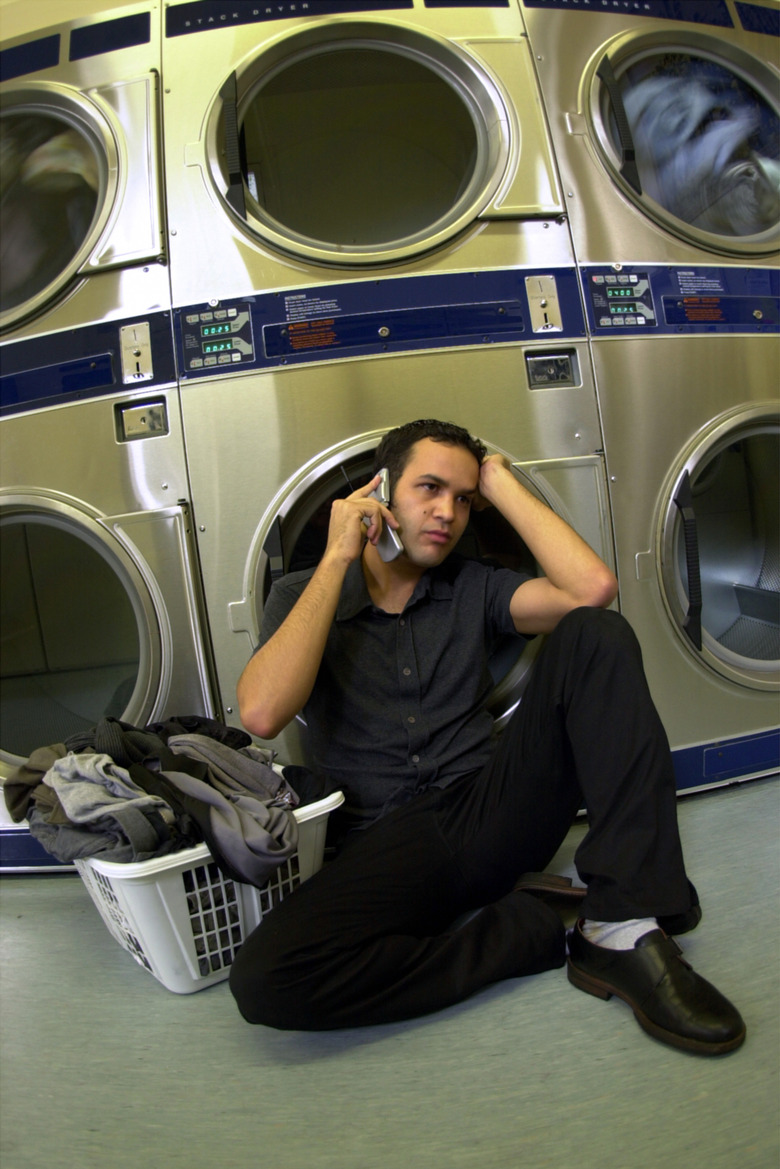How To Fix A Washing Machine To Drain Completely
Drainage problems in a washing machine can halt its operation between cycles, leaving your clothes in soapy, dirty water. Improper drainage is typically caused by clogged pumps, raised drain hoses or excessive detergent use. Before purchasing new parts for the washer, try a few procedures to fix the problem yourself.
Step 1
Inspect the lid on the washer to verify it is completely closed. Many washers will not run if the lid is ajar.
Step 2
Look for excessive suds inside the washer. Too many suds with little water indicate too much detergent. Follow the directions on your detergent package to determine how much to use.
Step 3
Disconnect the power to the washer to diagnose further problems.
Step 4
Remove the drain hose attached to the water pump and check the pump and hose for obstructions. If your washer spins but can't pump water through the hose, an item of clothing may be stuck in the line. If necessary, remove the washer's main access panel, agitator, drum shield and drum to access the clogged area. Remove any obstructions you observe, using needle-nose pliers.
Step 5
Cut off any excess drain hose extending more than 4 inches into the washer's tub. Lower the drain hose so it's no higher than 96 inches from the ground. Excessively long or high drain hoses can cause water siphoning and inhibit proper drainage.
Step 6
Take off the drive pump connected to the spin cycle's drive motor and remove any obstructions. If the washer spins during the wash cycle and nothing is caught in the drain hose, the drive pump may be clogged. If the washer doesn't spin, you may need to replace the entire drive motor.
Step 7
Replace the lid switch or main motor if the washer continues to have drainage problems.
